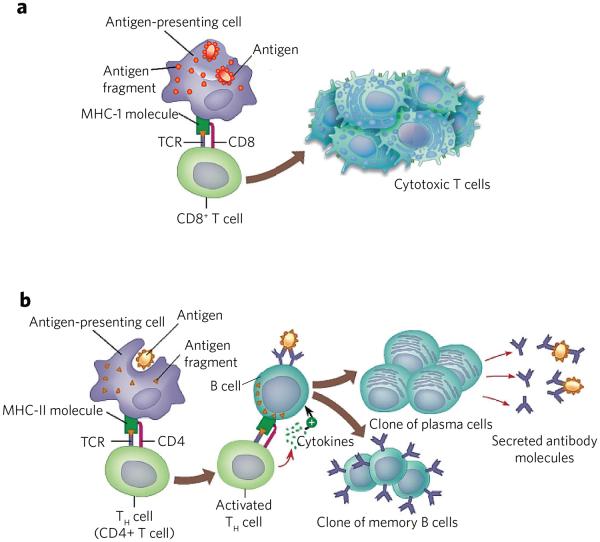Figure 2. T-cell activation by endogenous and exogenous antigens.
(a) MHC-I presents peptides derived from endogenous antigens. Antigen is proteolyzed by the immune proteasome and specific peptides loaded to MHC-I. The resulting MHC-I–peptide complex is transported to the cell surface, where it can be recognized by the TCR of CD8+ cells. The resulting CD8+ cells proliferate to give cytotoxic T cells. These cells can kill other cells that present the same antigen in complex with MHC-I. (b) Endocytosis of antigen by antigen-presenting cells followed by proteolysis by lysosomes provides peptides that can be loaded on MHC-II. The resulting complex is transported to the cell surface where it can activate CD4+ cells. The resulting cells can activate B cells that present the same antigenic peptide in complex with MHC-II. The activated B cell differentiates into plasma cells that secrete antibodies and memory B cells.

